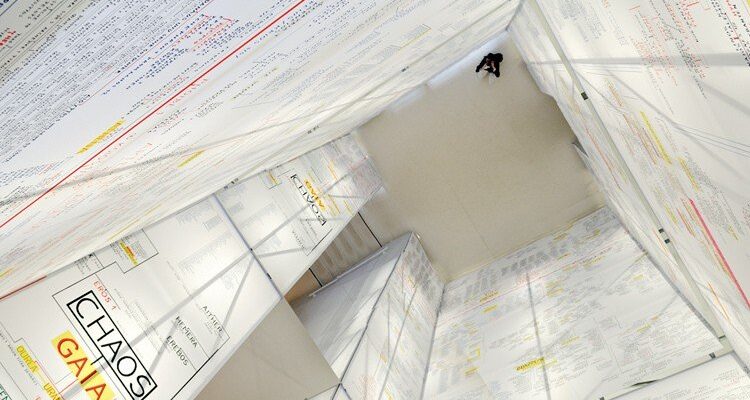Pergamon Museum
Pergamon Museum – the world’s first architectural museum was built between 1909 and 1930. The most famous exhibit, the Pergamon* Altar (180 BC), is recognized by connoisseurs as one of the Seven Wonders of the World.
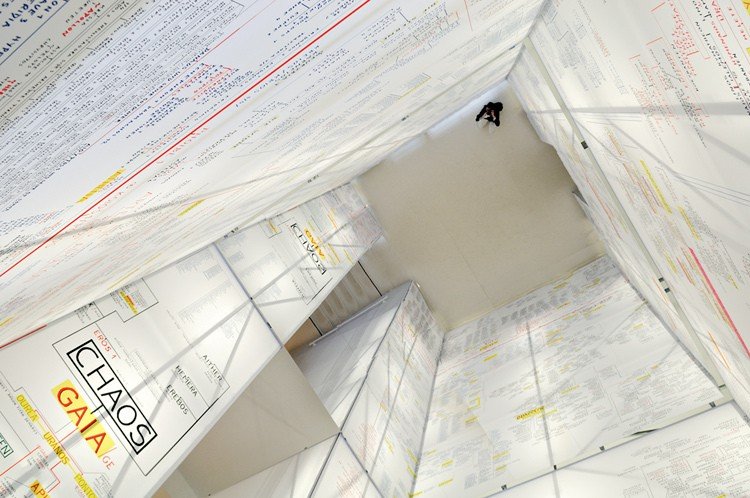
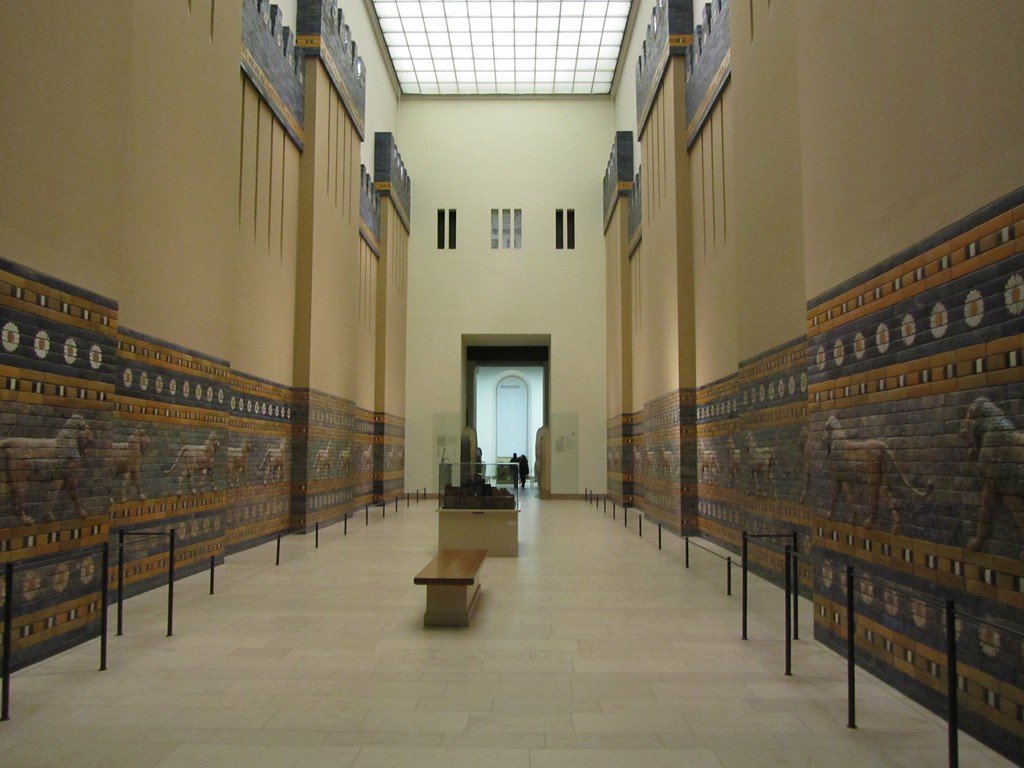
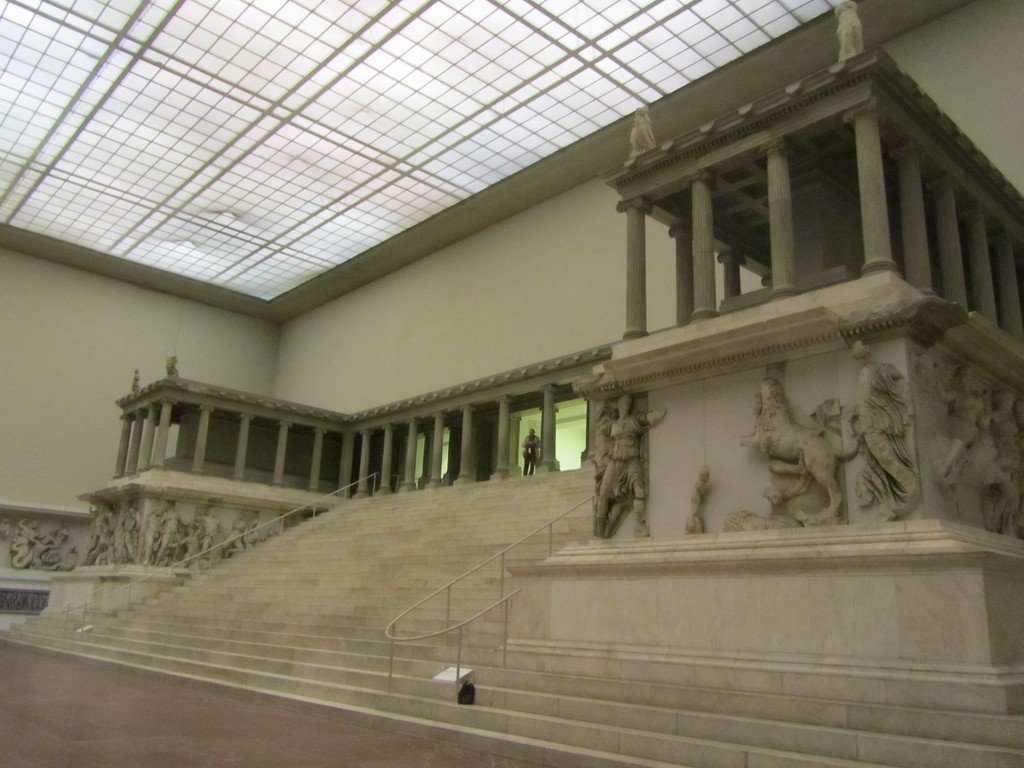
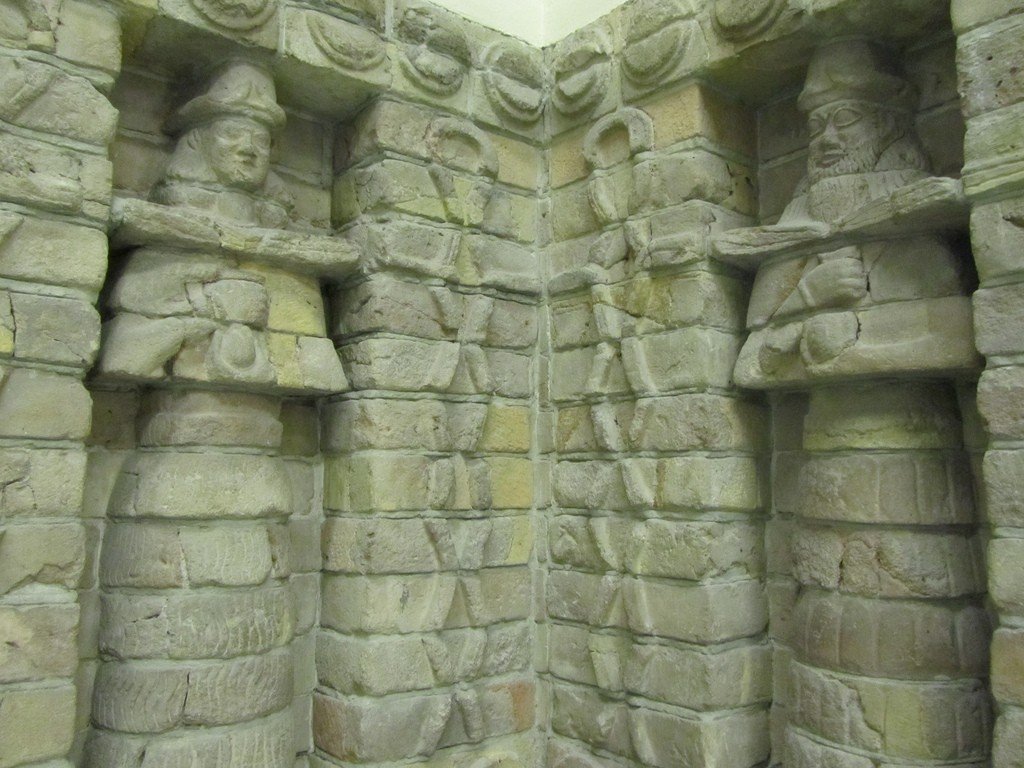
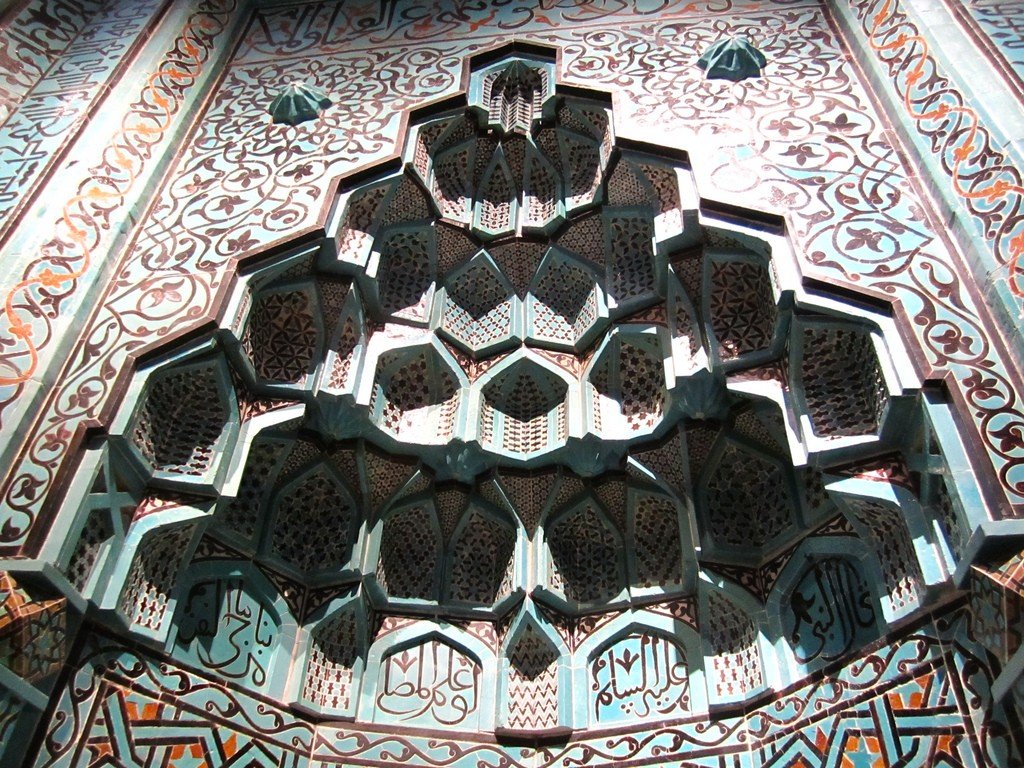
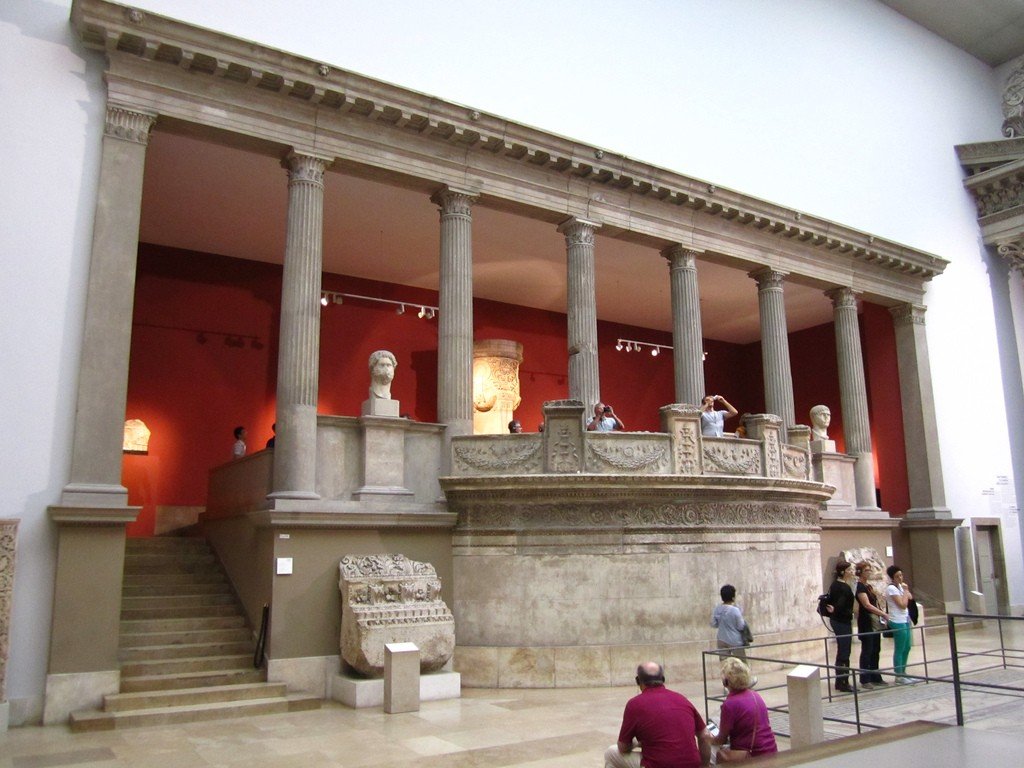
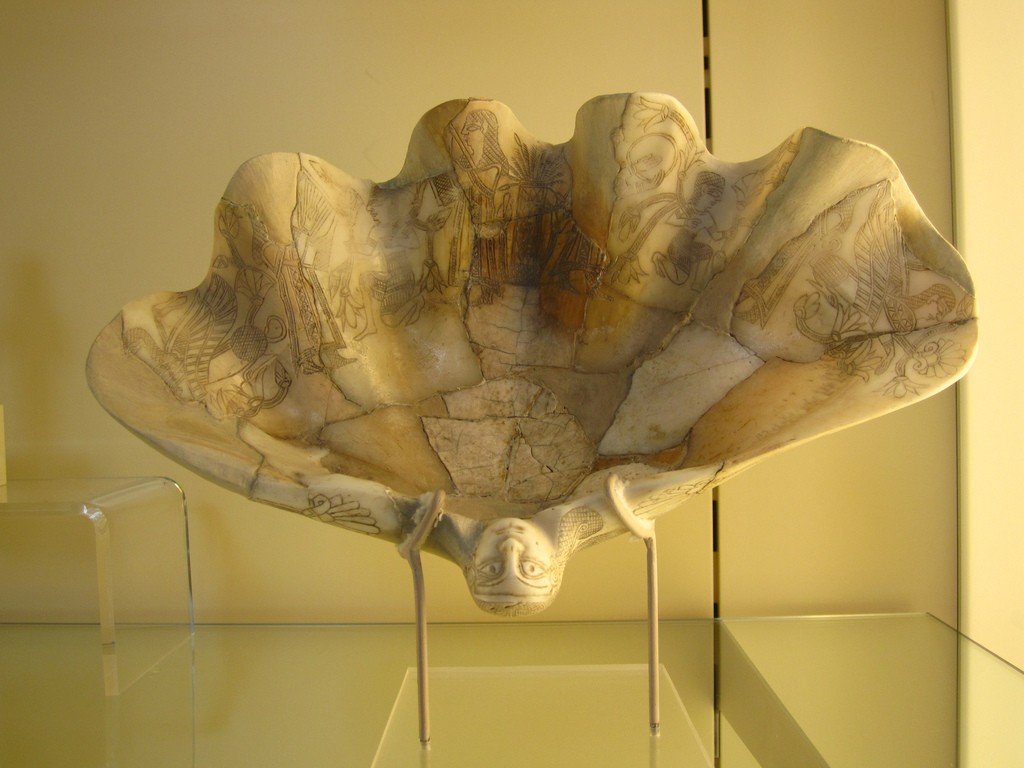
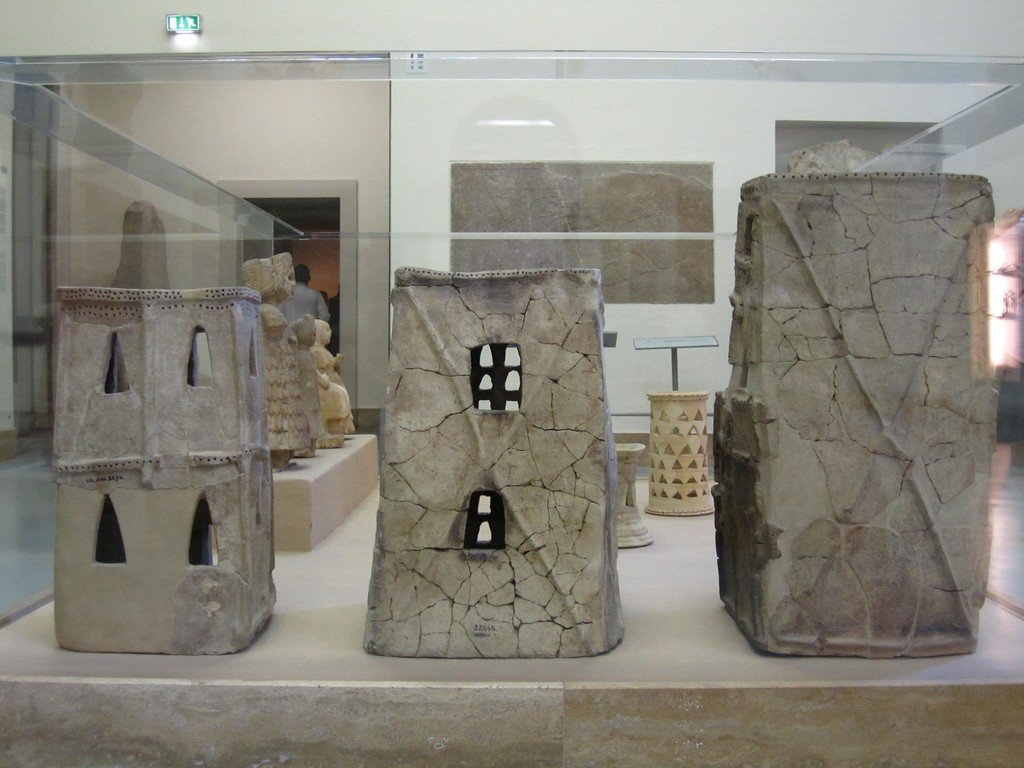
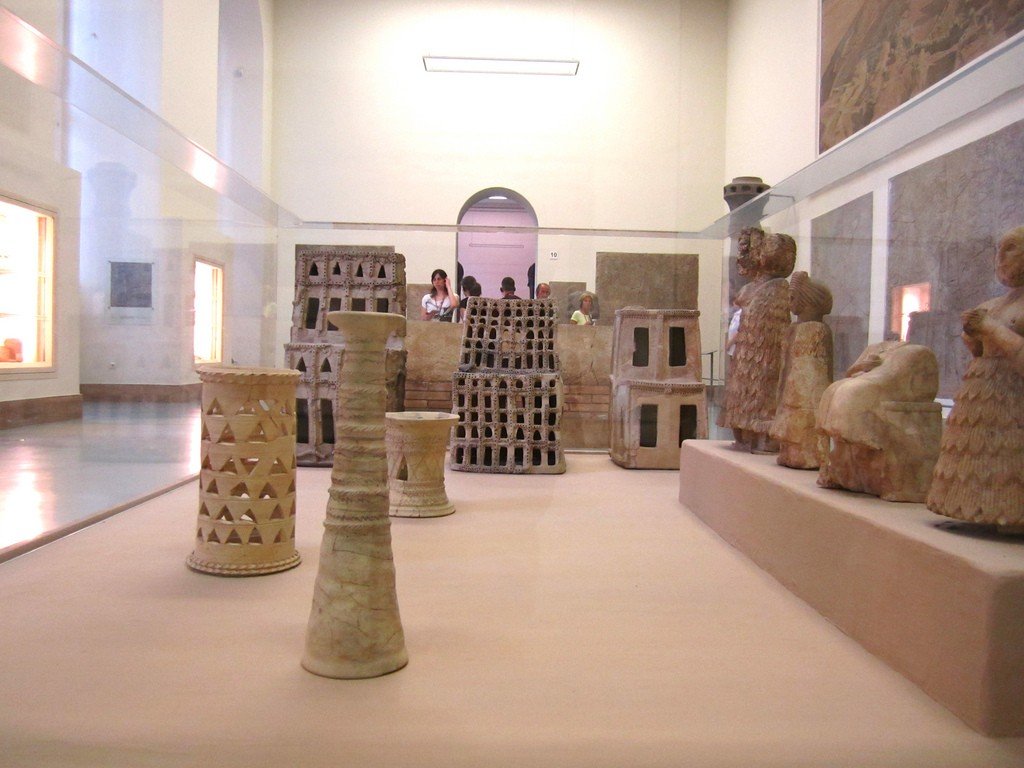
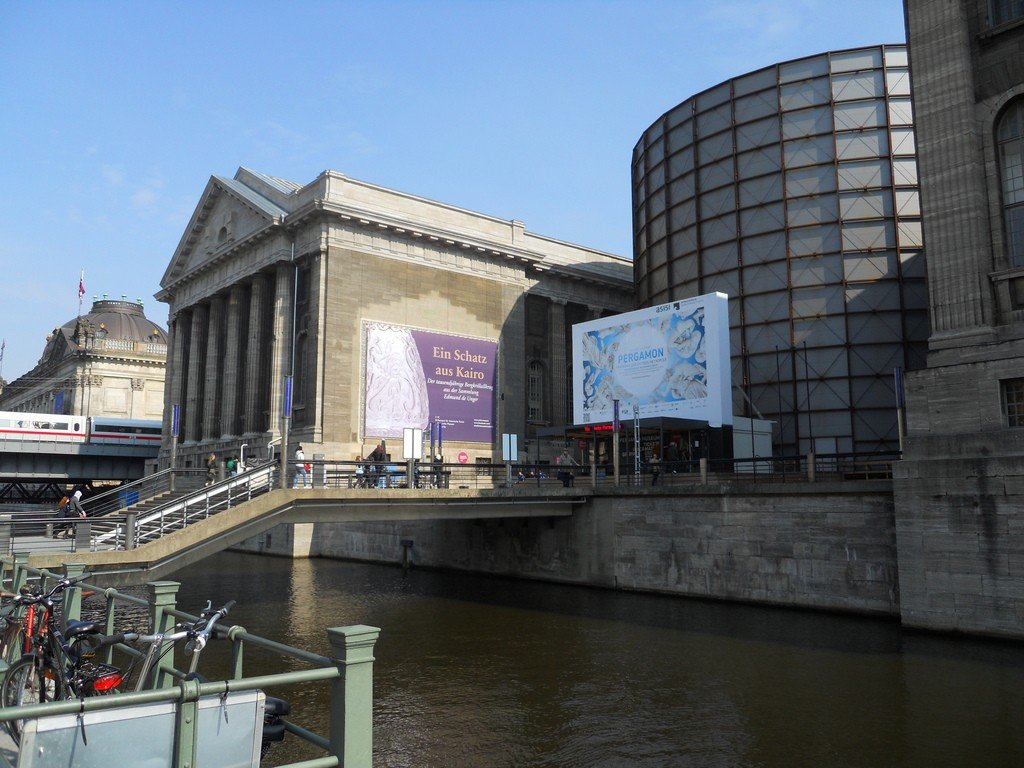
Background
It was discovered by German engineer C. Humann during archaeological excavations (1878-1886) on the west coast of Turkey. Also noteworthy are a large collection of ancient art with the Market Gate from Miletus (165 BC), and collections of Greek and Roman sculpture.
The same building houses the Museum of Asia Minor, which collects works of the Ancient East – the gate of the goddess Ishtar (VII-VI centuries BC), a fragment of the Babylonian Road of solemn processions, archaeological finds from Northern Syria, Assyria, Mesopotamia.
.The Islamic Museum, which was founded in 1904 by. Wilhelm von Wode. Its collection includes the magnificent facade and parts of the Mshatta Castle (8th century), Persian carpets and miniatures taken from Jordan.
The Pergamon Museum is located on the museum island. It is open: wt-ws 10 a.m.-6 p.m., read 10 a.m.-2 p.m.
.* Pergamon is an ancient city in Asia Minor, the capital of the state of the same name, and the center of the Hellenistic world. The name of the city is connected with parchment, which began to be made there in the II century B.C. The Great Pergamon Altar of Zeus was girded by a grand frieze with a high relief depicting the battle of gods and titans.
.